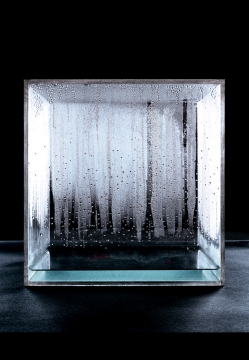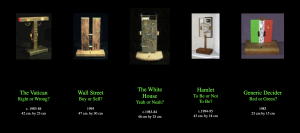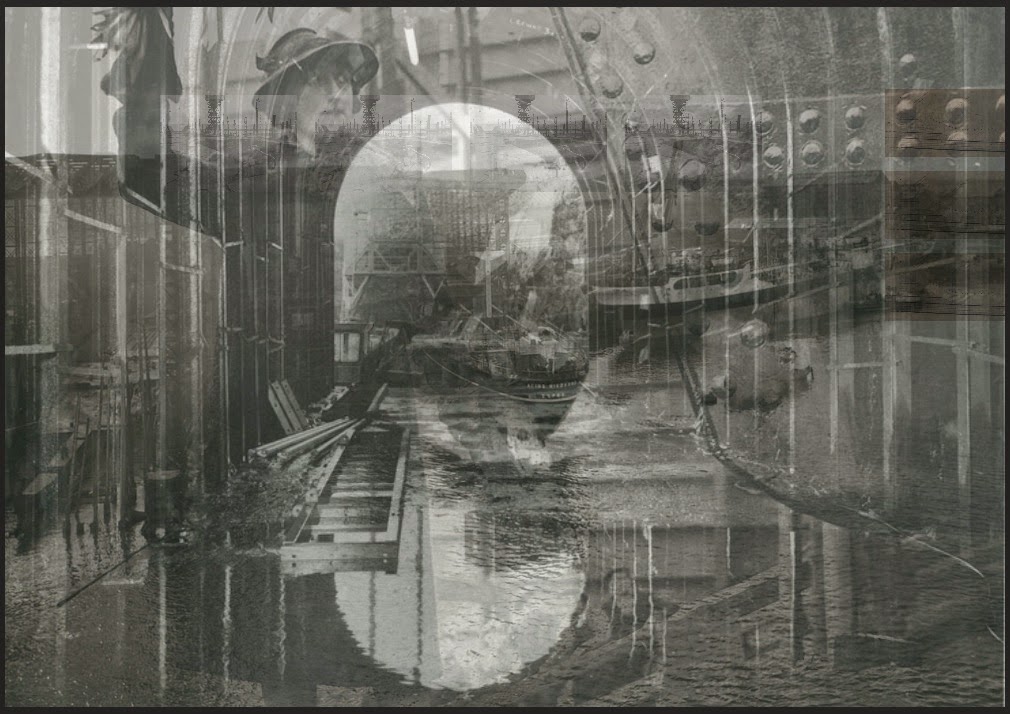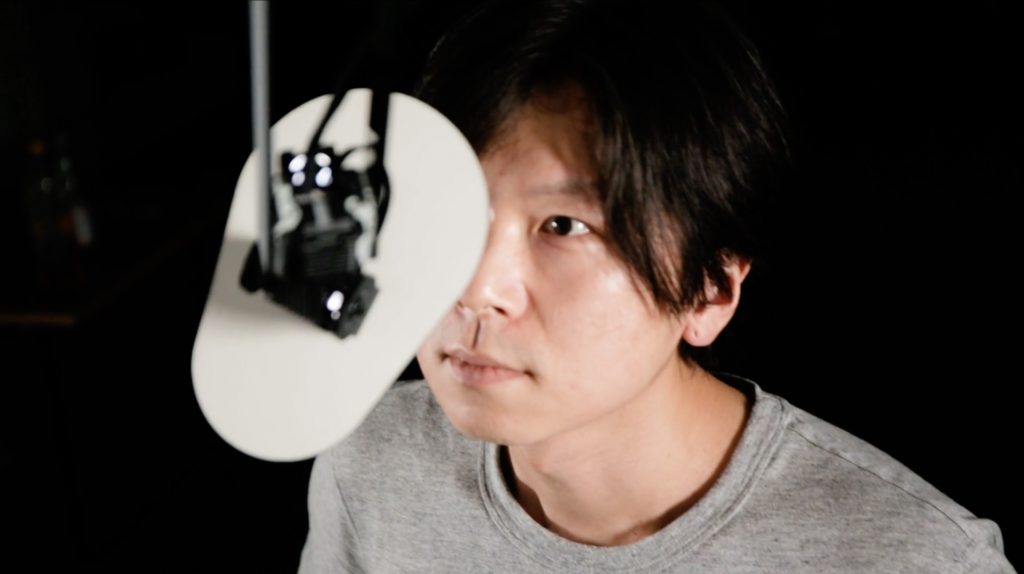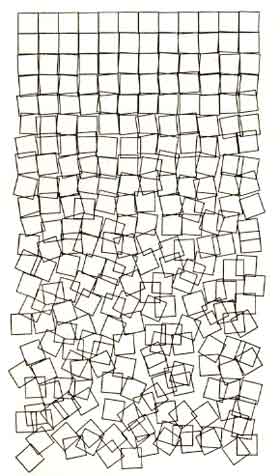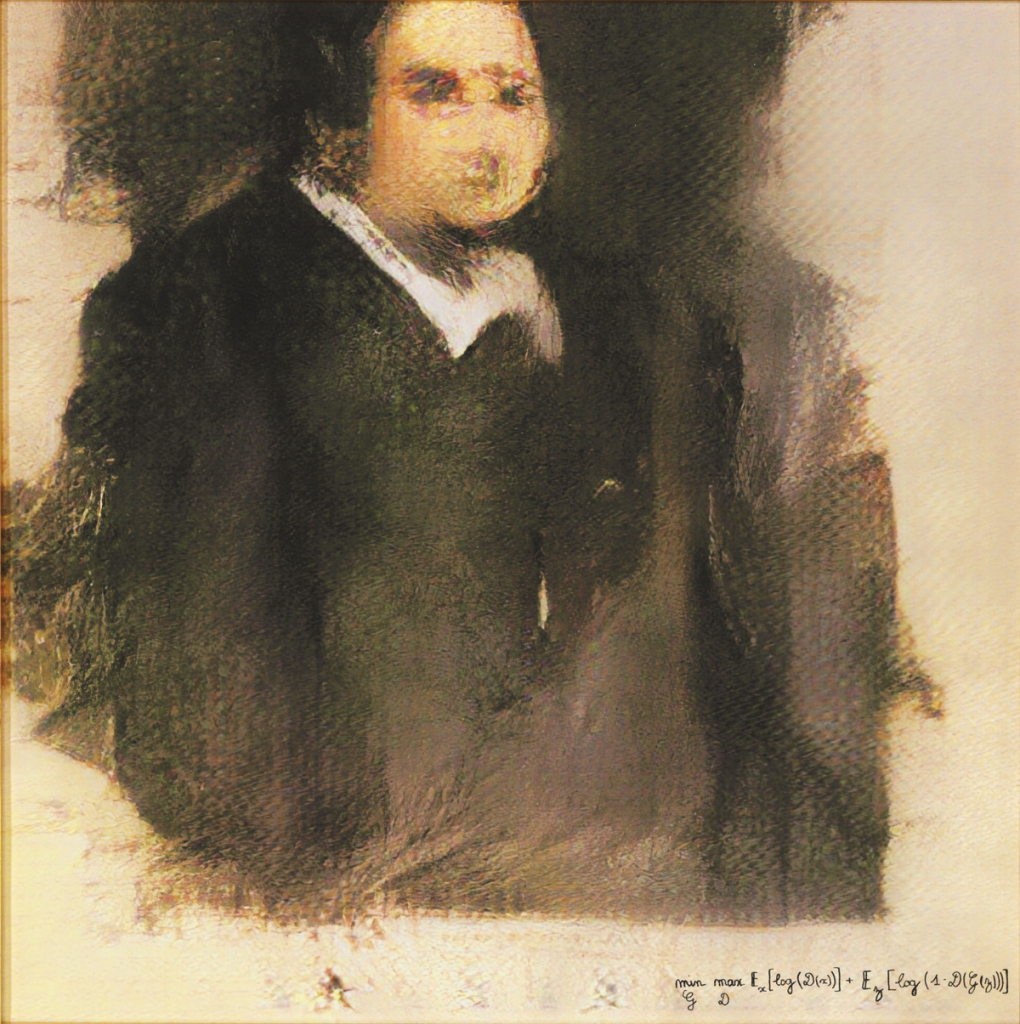

I chose Karl Sims’ Flow, a 2018 interactive exhibit showcased at the MIT Stata Center in Cambridge, Massachusetts. The project used “various fluid flow, particle systems, and image processing simulations” which reacted to the audience’s movements incorporated with special effects in order to let the viewers feel as if they are simulated into the environment the art is trying to portray. I love the color and visual effects used in this exhibit because it brings out inspirations from different forms of nature, showcasing the aspect of fluid flow of gravitational, light, and liquid effects. I assume that the algorithm that generated the work is a mixture of patterns and randomization. The natural motions of nature such as the circular direction of gravity or ripples from waves all follow a consistent pattern; while the dispersion of colors getting mixed follow a more random algorithm. However, Karl Sims depicted his artistic creation through the interaction of his audience. Through this exhibit, he allowed his viewers to appreciate natural patterns of everyday life which aren’t necessarily seen through the naked eye.
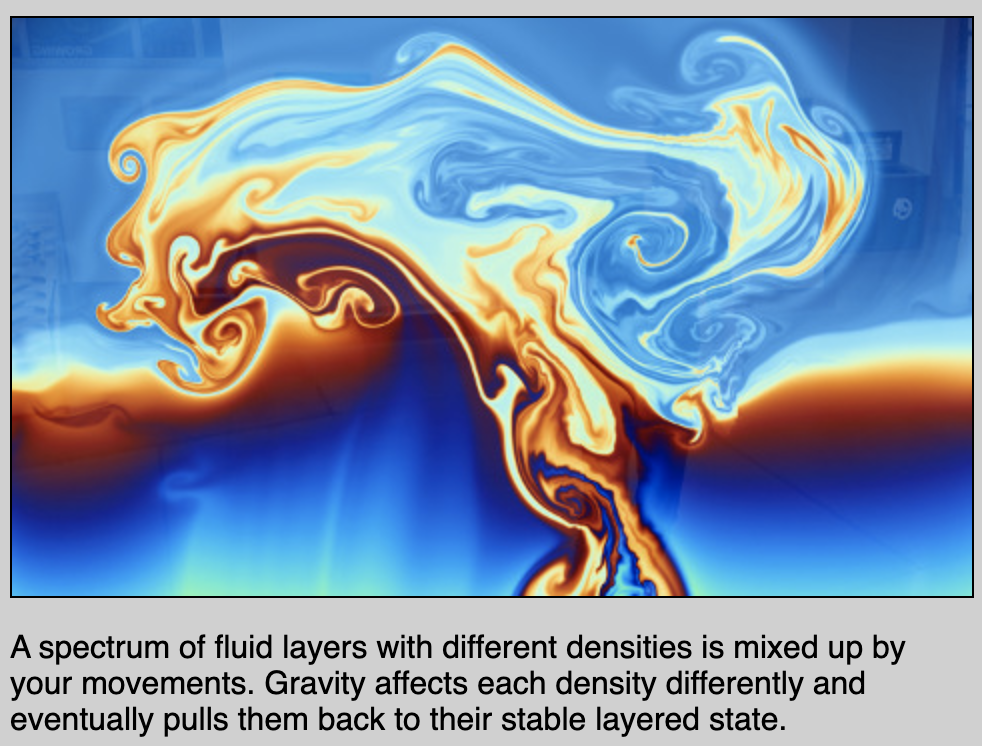

Flow by Karl Sims
MIT Stata Center 2018
![[OLD FALL 2019] 15-104 • Introduction to Computing for Creative Practice](../../../../wp-content/uploads/2020/08/stop-banner.png)
